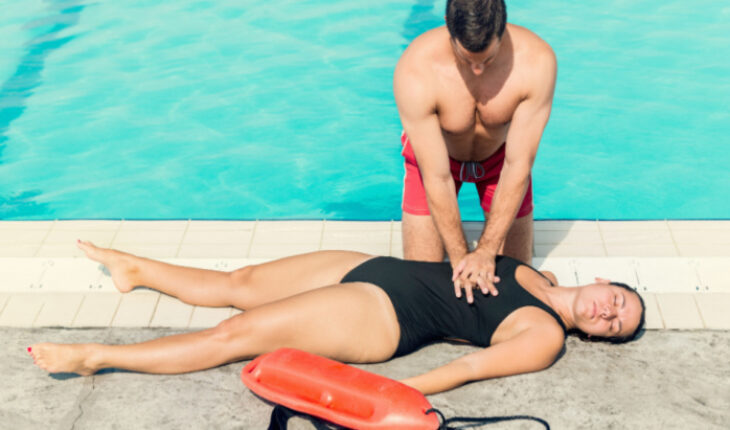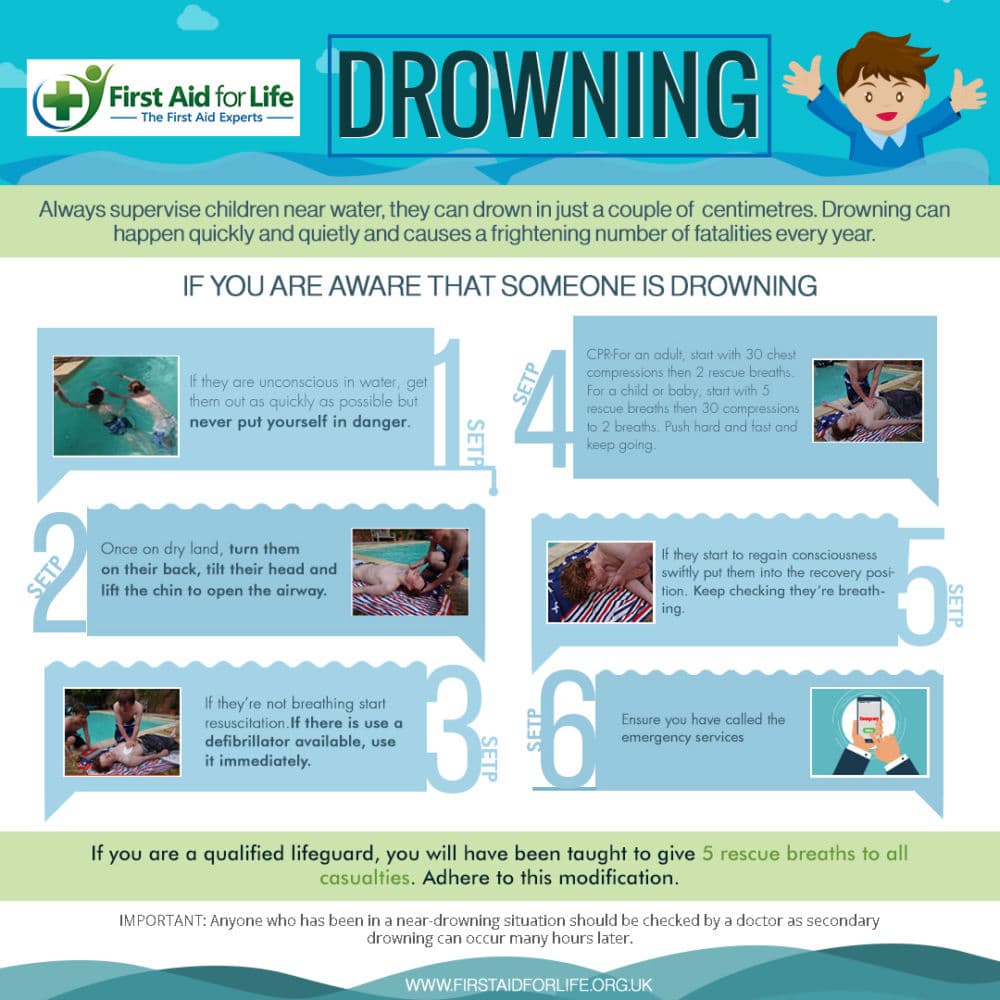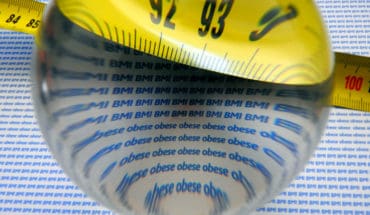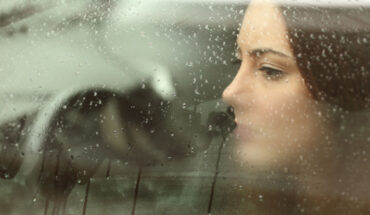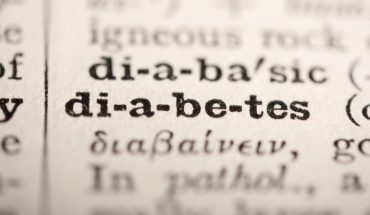Always supervise children near water, they can drown in just a couple of centimetres. Drowning can happen quickly and quietly and causes a frightening number of fatalities every year. Always empty water play as soon as you have finished with it, never leave the bath running unattended. Do not rely on buoyancy aids such as float seats, rubber rings or arm bands to keep your child safe, always be there with them. Likewise with bath seats.
Most deaths from drowning are caused from secondary drowning or from a muscle spasm in the throat that causes the airway to block. Drowning casualties tend to swallow large amounts of water and are thus very likely to vomit. When resuscitating, you should be aware of this and that you may need to turn them onto their side periodically to ensure that they do not inhale vomit into their lungs.
Want to know more on the topic? Read these top tips
What to do if someone is drowning
If they are unconscious in water, remove them from it as quickly as you can, but never put yourself in danger. Do not enter the water to rescue a drowning casualty unless you have been trained to do so. Throw a lifebelt or rope if possible, otherwise get help fast.
Once on dry land, turn them on their back, tilt their head and lift the chin to open the airway.
If they’re not breathing start resuscitation. Use a defibrillator immediately if there is one available.
If it is warm and they haven’t been in the water very long, you may find they start to regain consciousness quickly. If this happens, swiftly put them into the recovery position to help them drain water and vomit. Keep checking they’re still breathing.
If it is cold, they will not start to regain consciousness until their body is warm enough.
For an adult, start with 30 chest compressions then 2 rescue breaths. For a child or baby, start with 5 rescue breaths then 30 compressions to 2 breaths. Push hard and fast and keep going.
If they start to regain consciousness swiftly put them into the recovery position. Keep checking they’re breathing.
Ensure you have called the emergency services.
If you are a qualified lifeguard, you will have been taught to give 5 rescue breaths to all casualties. Adhere to this modification.
IMPORTANT: Anyone who has been in a near-drowning situation should be checked by a doctor as secondary drowning can occur many hours later.
Secondary Drowning
Anyone who has been unconscious in the water should be assessed in hospital as there is a real risk of suffering secondary drowning. Secondary drowning can occur due to even a small amount of water entering the lungs. The lungs become inflamed and irritated and start drawing fluid from the blood supplying the lungs into the alveoli (the air pockets of the lungs).
This reaction can happen up to 72 hours after the casualty appeared to have recovered and is life-threatening. The casualty may deteriorate suddenly and develop severe difficulty breathing. If this happens, phone an ambulance immediately.
NOTE: for lifeguards and those trained in water rescue, if you have been trained to give rescue breaths before compressions, continue with this protocol.
First Aid for Life provide award-winning first aid training tailored to your needs – Please visit our site and learn more about our practical and online courses. It is vital to keep your skills current and refreshed. We are currently providing essential training for individuals and groups across the UK. In addition, we have a great range of online courses. These are ideal as refreshers for regulated qualifications or as Appointed Person qualifications
- What is a seizure? - 13th March 2025
- Febrile Convulsions and Seizures in Children - 13th March 2025
- Why women are less likely to receive CPR or survive cardiac arrest - 6th March 2025
